The Pomodoro Technique or Method (in the original tecnica del pomodoro) is a management technique that reduces workload and increases work efficiency. It was invented in the late 80s by an Italian student Francesco Cirillo. The meaning of the algorithms is approaching the rapid distribution of tasks according to the 25/5 principle, where 25 minutes are reserved for work and 5 for rest. After 3-4 cycles, you need to take a more balanced break of about 15-30 minutes. Where does the red vegetable come into this discussion, you ask? The future developer used a kitchen timer in the form of a delicious tomato to track time intervals in his experiment, hence the name.
Who is the Pomodoro Method for? It is chosen by those who:
- Often get distracted and can not focus on one thing.
- Forget about coffee breaks and work uncontrollably for days on end.
- Are prone to overwork.
- Have ADHD.
- Are looking to improve their efficiency.
The Pomodoro method is acceptable for almost any type of activity. The exception is work that involves uncontrolled interaction with other people and constant movement.
Does the Pomodoro Technique Work?
In short, the Pomodoro method works. Of course, everyone is different, and you may not need it. However, the results of using it are very significant in practice. What is the key to the effectiveness of this method? Frequent and regular pauses keep the perception alive and the mind alert. In addition, if you have a large set of tasks, you will complete them faster due to the time limit. For example, the method can push you so that you don’t drag the task on for one and a half to two periods but rather get it done in one 25-minute period.
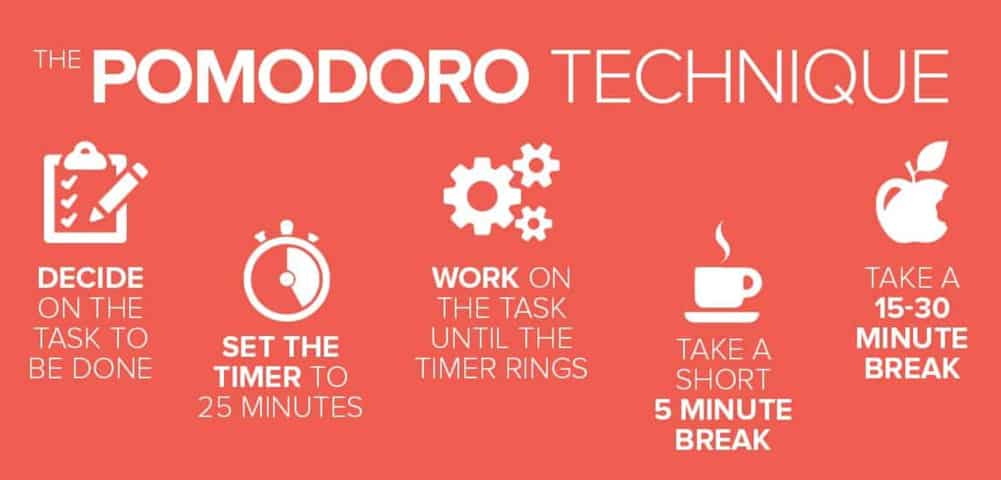
How to apply the Pomodoro method? To get the most out of the strategy, follow the step-by-step scenario:
Step 1. Establish a clear checklist for the day. Determine the priority values for the tasks on it and, consequently, in what order it is better to complete them. At this stage, think about how many 25 minutes cycles are required for implementing each of the tasks.
Step 2. Set the timer. But, beforehand, remove any external factors that might be disruptive whether it is putting your phone away or getting up and making a cup of tea before you start.
Step 3. Get to work. Remember that your focus should be at a maximum on your task. It may seem easy when you’re reading this, but things can turn out to be much more complicated in some cases.
Step 4. Finish the job when the time is up. Take a breather. By the way, starting and stopping can be problematic sometimes, especially if you are so carried away by the process that it becomes more disruptive than helpful.
By strictly following the given order, you will achieve results. You will notice them as early as the second day of using the Pomodoro Method.
In rare cases, you have to add a couple of “tomatoes” over what you have initially decided upon, to add more time for your tasks. Why? The optimal number of “tomatoes” for an 8-hour working day is 16. Unforeseen tasks may require more time at once. As a rule, one cycle can last up to 50 minutes – the second high-performance period. If these “tomatoes” are still not useful to you, you can use them for some of the low-priority tasks – reading books, exercising, or a little cleaning. See, they won’t be redundant.
Writer Lois Talagrand noted that the number of words written per hour increased by 60% with increasing age. Reviewed by Professor Barbara Oakley, author of the world-famous Learning How To Learn course. She uses what is probably one of the best technologies for acquiring knowledge.
Pros and Cons of the Pomodoro Technique
Any system has its advantages and disadvantages, including the Pomodoro method. So let’s take a closer look. The technique has the following advantages:
- Increases motivation. The Pomodoro theory eliminates the moment of impulsiveness — when you grab onto a new task or get distracted, for example, by checking social networks. On the contrary, you are focused and know for sure that you will be busy with one thing for exactly 25 minutes. At the end of the mini-project, you can cross off one item from the to-do list with satisfaction from work done.
- Allows you to control the time. It’s a good idea to measure the time needed to complete a task using the number of Pomodoros and stick to the plan.
- Motivates to use the most productive energy. The facts show that a person devotes high-quality work to only a couple of hours a day. With the Pomodoro Technique, you won’t “smear” this work all day (like tomato sauce on pizza) but will concentrate it over several work periods. Thus, you will avoid wasting time on the implementation of planned tasks.
- Simplifies the management of large projects. By allocating small blocks of time, you can break the project down into small, manageable, and easily manageable tasks.
- Helps to avoid emotional burnout. In breaks, you relax and switch.
- The negative aspects include the following features of the tomato method:
- Breaks can be distracting. Are you one of those people who concentrate well for a long time? Does the slightest timeout throw you off track? Then this system will do nothing for you.
- The need to group small tasks. If your task is too small for 25 minutes, you will have to combine several different ones into one time period.
- You are often interrupted by employees. If you can’t help but be distracted by the nature of your work, it will interfere with the smooth implementation of the Pomodoro Method.
To follow the regime, excellent self-discipline is needed – for some this can be a plus, but for some, on the contrary, a minus.
Top- 5 Best Pomodoro Technique Timers
To keep the Pomodoro method organized and precise, we have compiled the top 5 programs for you to install and use.
Pomotodo
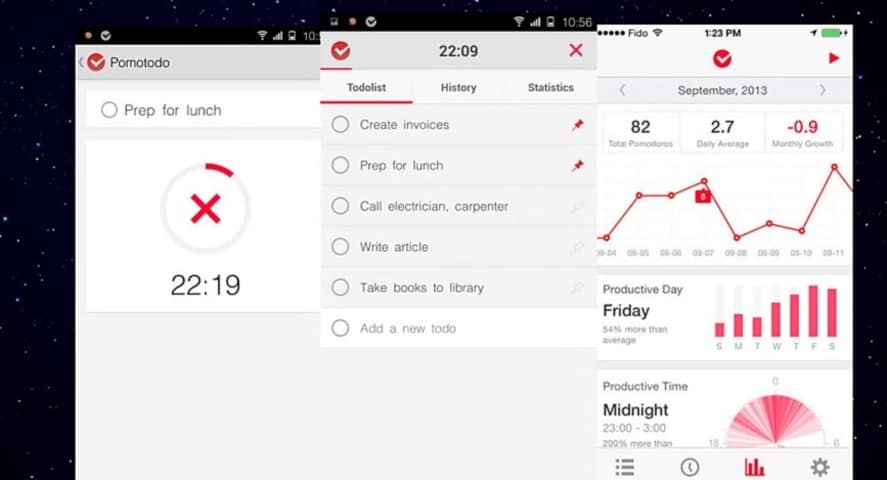
This application has two variations – free and professional. With the free version, you have access to hashtags, prioritization, fixing the start and end of tasks for productivity analysis, etc.
In the PRO version, you additionally get extended checklists, goals by the number of “pomodoros” achieved, integration with iCalendar and Google Calendar, the ability to adjust the duration of the “pomodoro” and other options. The cost of the paid version is $3.9/month.
Forest
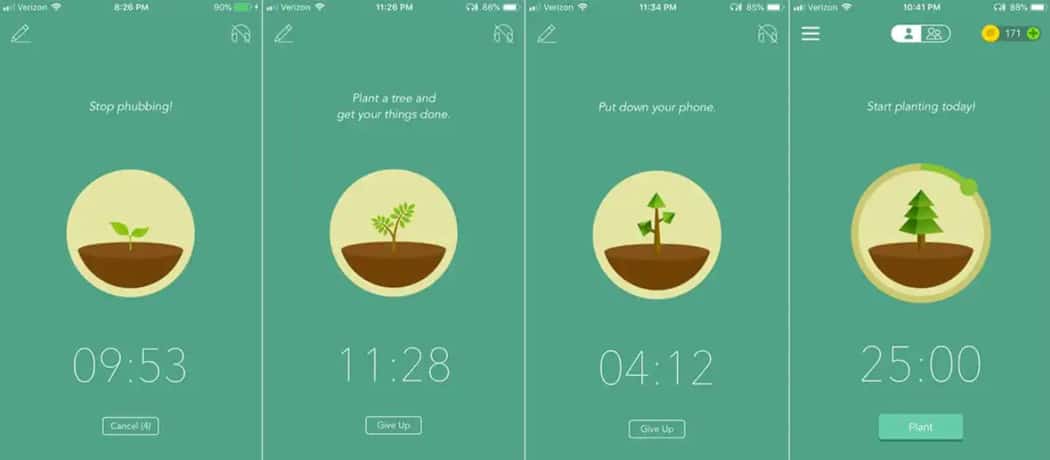
A unique application – each task is presented in the form of a growing tree. This is how you grow a forest: the more completed tasks, the denser the planting. If you don’t complete the pomodoro, then you doom the plant to death.
Focus To-Do
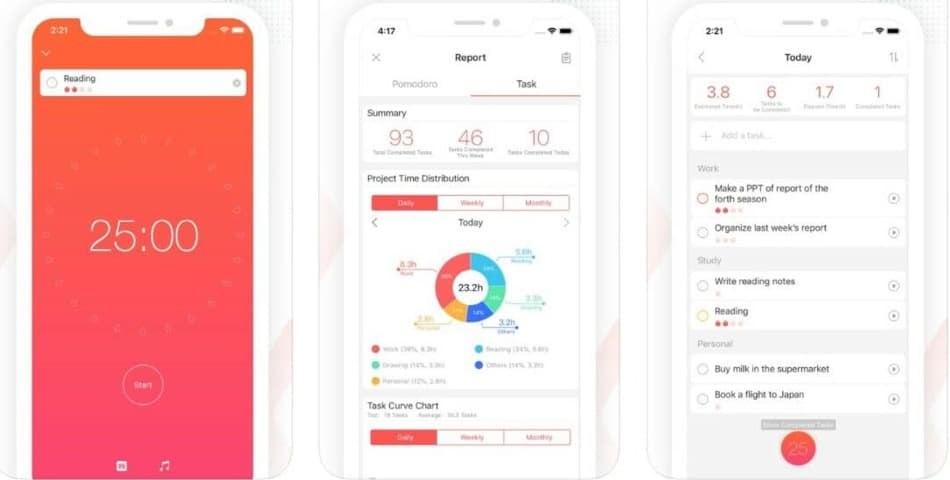
This program works with both primary computer operating systems – Mac and Windows. It combines a timer and a to-do list together. This app allows you to sort tasks by categories, labels, colors, and the analytics function will help you track which ones take the most time.
In the reviews, users write that the free version is enough, but also there is advanced functionality for $4.09 for 3 months. It includes daily/weekly/monthly reports and unlimited projects.
Focus Booster
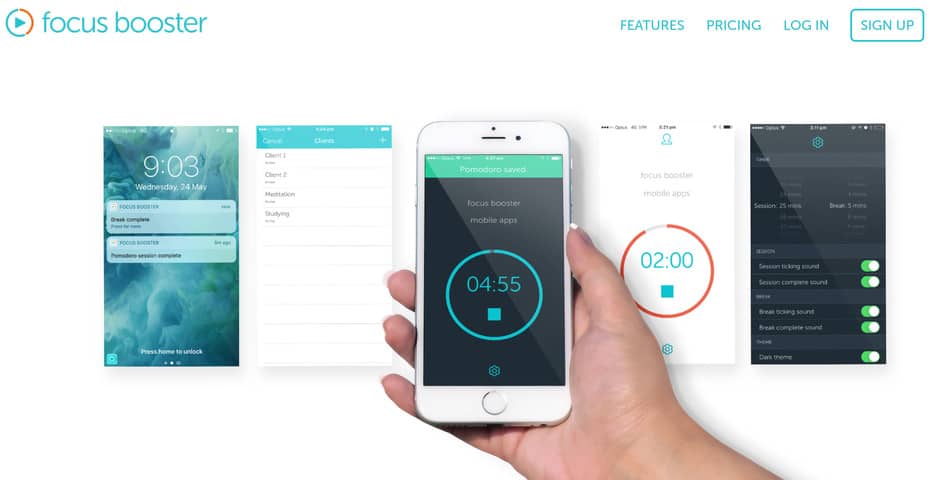
In the program, all the results of your activities are recorded and displayed as diagrams. So, you can keep track of where and how much time is spent. In addition, the program exports data to CSV, after which they can be shown to clients. It has three tariff plans – from free to $4.99 per month. Productivity reports are linked to the income report in the most expensive version.
Focus Keeper
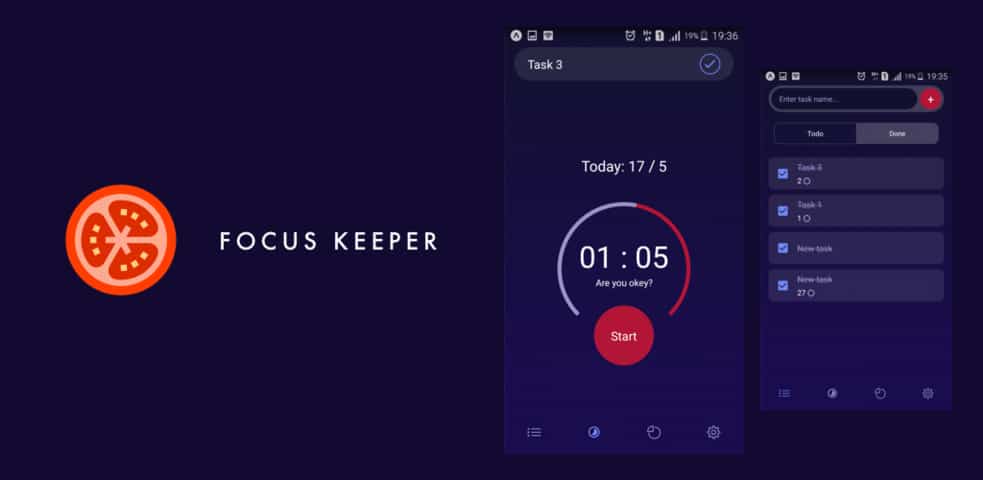
Focus Keeper is an iOS only app. With the free version, you can complete all the necessary standard steps of the method.
Premium members get a customizable timer, three-day reports, and a variety of sounds and themes as a bonus.
Conclusion
The Pomodoro Technique is the right solution for freelancers, those who are studying, have reduced focus, or just want to improve their performance. The main thing is to organize yourself enough to use your 25 minutes of “pomodoro” to the maximum, and the productivity results you desire will follow.
